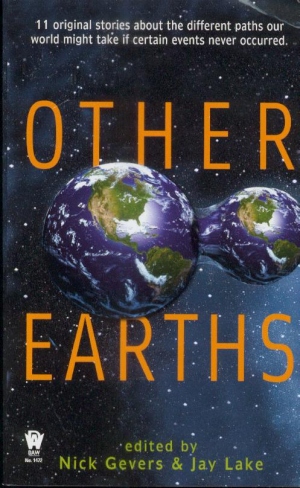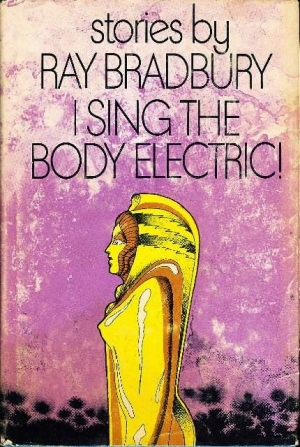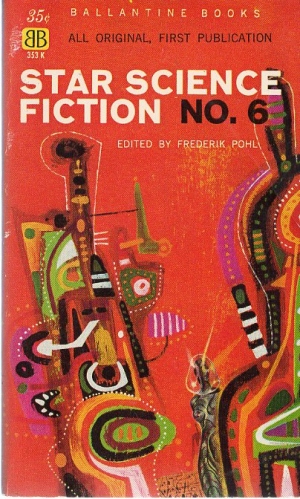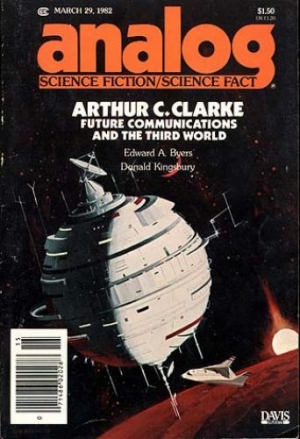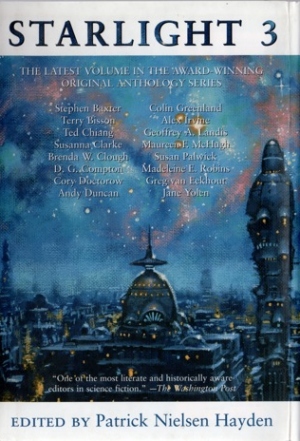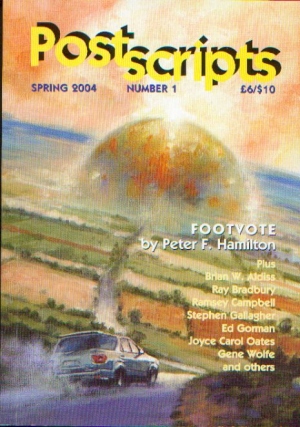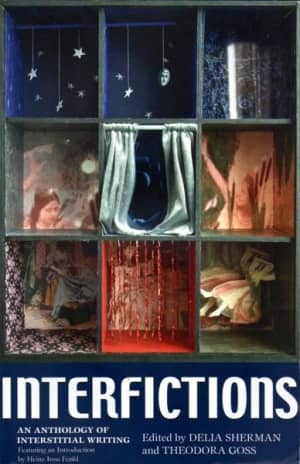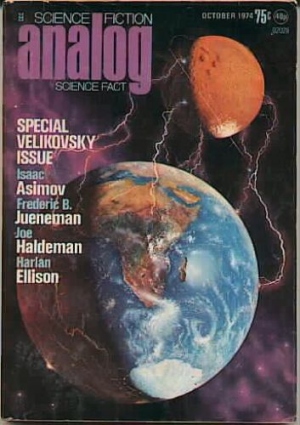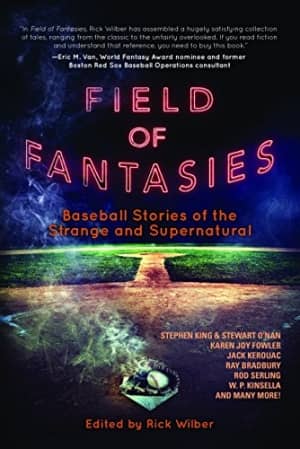Birthday Reviews: James Tiptree, Jr.’s “Please Don’t Play with the Time Machine”
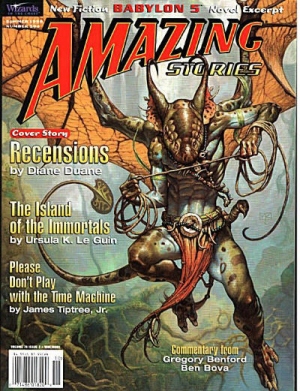
Alice B. Sheldon was born on August 24, 1915 and died on May 19, 1987. She published science fiction under the pen name James Tiptree, Jr. and when speculation began that Tiptree might be a woman, Robert Silverberg famously stated that such a theory was absurd, since he found “something ineluctably masculine about Tiptree’s writing.” Shortly after Sheldon’s mother’s death, the truth came out about her identity, which she had hidden in part because of her position in academia. Sheldon also used the pen names Alice Hastings Bradley, Major Alice Davey, Alli B. Sheldon, and Raccona Sheldon, the last being her most famous pseudonym aside from Tiptree.
Tiptree won the Nebula Award in 1974 for the short story “Love Is the Plan, the Plan is Death” and won the Hugo Award for Best Novelette for “The Girl Who Was Plugged In” the same year. Both stories were nominated for both awards. In 1977, “Houston, Houston, Do You Read?” won both awards in the Novella category as well as the Jupiter Award. In 1978, “The Screwfly Solution” won the Nebula for Best Novelette, but lost the Hugo Award. Her 1987 collection The Tales of the Quintana Roo earned Tiptree a World Fantasy Award. Tiptree has won the Seiun Award four times, for “The Only Neat Thing You Do,” “Out of the Everywhere,” Brightness Falls from the Air, and “Backward, Turn Backward.” She was inducted into the Science Fiction Hall of Fame in 2012. In 1991, Pat Murphy and Karen Joy Fowler created the James Tiptree Jr. Award for speculative fiction that explores or expands the understanding of gender.
Although initially written in the 1950s, well before Tiptree began writing for publication, “Please Don’t Play with the Time Machine” wasn’t published until 1998, when Kim Mohan purchased it to appear in the Fall issue of Amazing Stories, although it had previously sold in 1971 to a project that never saw print. The story was reprinted with the variant title “Please Don’t Play with the Time Machine, or, I Screwed 15,924 Back Issues of Astounding for the F.B.I.” in Meet Me at Infinity. The story was also translated for the German James Tiptree collection Doktor Ain.
Despite the title of “Please Don’t Play with the Time Machine, or, I Screwed 15,924 Back Issues of Astounding for the F.B.I.,” the story is not specifically a time travel story, but rather a send up of bad writing in science fiction, made more effective, given its 1950s writing date, by the fact that numerous works of the type it is skewering were still being published in 1998 when the story eventually saw print. The story within a story tells of spaceship Captain Herring, who, believing he was alone on his ship, finds a strange stowaway in a sequence which is reminiscent of Tom Godwin’s “The Cold Equations,” which was published shortly before Tiptree wrote this story.
